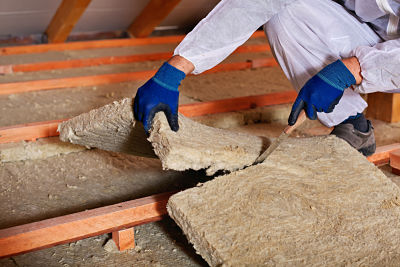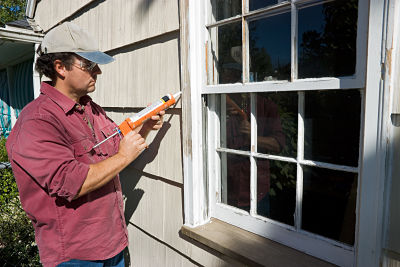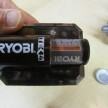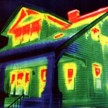Detecting Home Energy Leaks with Infrared Thermometers
Detect Home Energy Leaks with Infrared Thermometers
Nearly everyone can relate to the difficulties in keeping their home warm during winter and cool during summer. At times it can seem like an insurmountable challenge, particularly if your home is poorly insulated, or there are areas within the home where air leaks are present. But there are a few simple ways to identify and address those problems and conserve energy. And by conserving energy you can save money. In fact a lot of money can be saved courtesy of one relatively small device; an infrared thermometer. Let’s show you how.
Don’t Throw Your Cash Out the Window
Sealing the dozens of gaps in your home which cause air leaks is one of the easiest ways to start saving money on your monthly energy costs. To fix leaks however, first you have to find them.
Depending on your home, there are likely to be many locations where air leaks can be found. Some of the more common locations are:
- Windows and doors
- Where the foundation and walls meet
- Where electric and gas services enter the home
- Electrical outlets and light switches
- Mail chutes
- Cable TV and phone lines
- Air conditioners
- Vents and fans
Unless you have a gaping hole in a wall or next to a window, these leaks can be difficult to detect with the naked eye. This is where an infrared thermometer can do all the heavy lifting for you.
Taking Matters Into Your Own Hands
Infrared thermometers are hand-held devices that can be used in a variety of applications for troubleshooting and diagnosing problems. Different models come with various features depending on the required application, however in terms of air leakages around the home, there are many inexpensive options available that will do the job adequately.
Moving an infrared thermometer around some of these common locations listed above to see if there are any changes in temperature of more than a few degrees is a great starting point. Once drafts have been located, the next step is to literally fill in the gaps by undertaking some very basic maintenance.
Windows for example often require draft proofing between the operable sash and the window frame. There are a range of products for different situations, but can including caulk, sealant, or easy-to-install self-adhesive foam strips.
For doors, there are many products on the market which are designed to be fitted to seal up gaps at their base. If you need to seal around the edges of your doors, rubber or plastic seals can be purchased depending on the size of the gap.
New outlet covers are an easy solution for fixing any leaks detected from electrical outlets or light switches while caulk, sealant or expanding urethane foam are ideal for other smaller gaps. For larger holes, drywall can be used to create a plug for the hole which you can then seal around the edges with urethane foam.
Insulate Your Wallet from the Elements
Poorly insulated areas within a home are another typical factor which can lead to variable temperatures and increased energy costs. These areas can be easily identified with an infrared thermometer by taking temperature measurements across an insulated wall, ceiling or floor. Those areas where the thermometer has detected significant decreases in temperature are generally the spots where there is inadequate insulation in place.
Many forms of insulation can be self-installed with the correct equipment and materials. To determine how much insulation may be required, the Department of Energy has calculated recommended levels of insulation for all States depending on their climate which can easily tell you the correct levels for your particular location.
Saving Money Makes a Lot Of Cents
As you can see, with just one small affordable tool and some basic maintenance, you can soon have your family home cozy and warm during winter and refreshingly cool during summer. An infrared thermometer can take all of the hard work out of identifying energy inefficiencies within the home. Your bank account will thank you for it.
About the Author
Christopher Hale is editor of GunandCamera.com, a website focusing on Everything Infrared. From infrared thermometers to infrared grills, Christopher posts products reviews, how-to content and informational infrared product guides. When he isn’t working on the website, you can find him the garage, improving his home or around the TV enjoying SEC football and Atlanta Braves baseball games.











